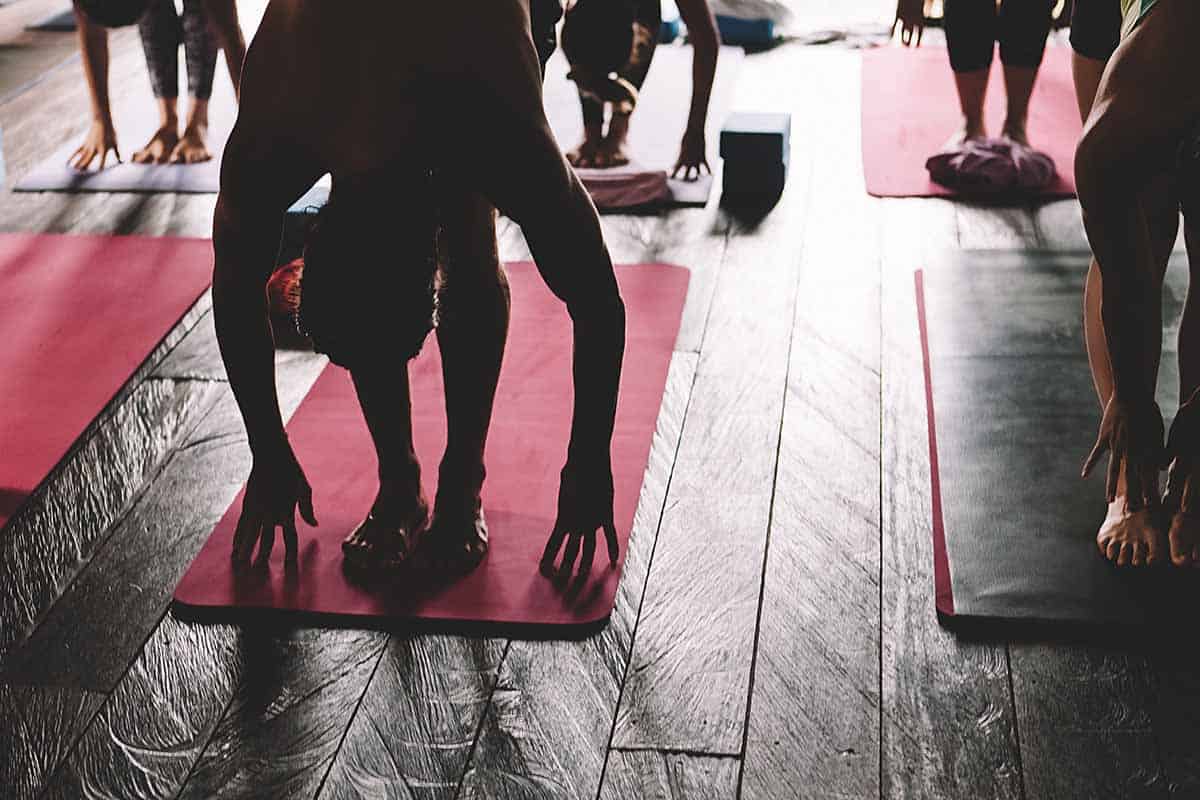
ranayama is an essential aspect of yoga that involves the practice of breath control to enhance overall well-being. As yoga gains popularity worldwide, more and more people are discovering the benefits of incorporating pranayama into their routines. In this article, we will explore the various health benefits of practicing pranayama in yoga, including its impact on physical, mental, and emotional well-being. We will also discuss how pranayama aids in stress relief, relaxation, and improved focus during yoga practice, as well as its potential to address specific health conditions and emotional issues.
7 health benefits of practicing pranayama in yoga
1. Improved lung function
Pranayama techniques focus on deep, controlled breathing that strengthens the diaphragm and increases lung capacity, which can improve overall respiratory health.
2. Enhanced cardiovascular health
Regular pranayama practice can help to lower blood pressure, improve circulation, and reduce the risk of heart disease by promoting relaxation and reducing stress.
3. Boosted immunity
By stimulating the lymphatic system and increasing oxygenation, pranayama can help to strengthen the immune system, making it more effective at fighting off infections and diseases.
4. Increased energy levels
Pranayama techniques that emphasize rapid, forceful breaths can stimulate the nervous system and increase energy levels, making you feel more alert and energized.
5. Improved digestion
The deep breathing techniques involved in pranayama can stimulate the digestive organs and improve overall digestive function, which can help to alleviate digestive issues such as constipation, bloating, and indigestion.
6. Enhanced detoxification
As pranayama increases oxygen intake and improves circulation, it can help to remove toxins from the body more efficiently, supporting the body’s natural detoxification processes.
7. Greater flexibility and reduced risk of injury
Practicing pranayama regularly can help to increase flexibility and joint mobility, which can reduce the risk of injury during physical activities, including yoga practice.
What are the mental and emotional benefits of incorporating pranayama into a yoga practice?
Pranayama has profound mental and emotional benefits, including:
- Reduced stress and anxiety: By promoting relaxation and mindfulness, pranayama can help to lower stress levels and reduce symptoms of anxiety.
- Improved mental clarity and focus: Many pranayama techniques are designed to balance the left and right hemispheres of the brain, which can improve mental clarity, concentration, and focus.
- Enhanced emotional resilience: Pranayama can help to release stored emotions and promote emotional healing, allowing you to develop greater emotional resilience and cope with life’s challenges more effectively.
- Greater sense of inner peace: As pranayama encourages a deeper connection with the breath and the present moment, it can foster a sense of inner peace and tranquility.
- Improved self-awareness: By cultivating a deeper understanding of your breath and its relationship to your emotions, pranayama can increase self-awareness and help you develop a greater sense of self-control.
Can pranayama help with stress relief and relaxation?
Yes, pranayama can be an effective tool for stress relief and relaxation. Many pranayama techniques are designed to activate the parasympathetic nervous system, which is responsible for promoting relaxation and calming the body. By focusing on slow, deep breaths, pranayama can help to reduce stress hormone levels and lower heart rate, leading to a greater sense of relaxation and well-being.
How does pranayama enhance concentration and focus during yoga practice
Pranayama enhances concentration and focus during yoga practice in several ways:
- Balancing the mind: Some pranayama techniques, such as alternate nostril breathing (Nadi Shodhana), aim to balance the left and right hemispheres of the brain, resulting in improved mental clarity and focus.
- Cultivating mindfulness: By bringing your attention to the breath, pranayama encourages mindfulness and helps you stay present during your yoga practice, allowing you to maintain a greater level of focus on each posture.
- Calming the nervous system: Pranayama techniques that promote relaxation can help to calm the nervous system, making it easier to concentrate and maintain focus during your yoga practice.
- Increasing oxygen flow: As pranayama increases oxygen flow to the brain, it can support better cognitive function, resulting in enhanced concentration and focus.
- Strengthening the connection between breath and movement: Pranayama helps to deepen the connection between breath and movement in yoga, allowing you to become more aware of the subtleties of each posture and transition, ultimately improving focus and concentration.
Are there any specific health conditions or emotional issues that pranayama can address or help manage?
Pranayama can be beneficial for managing a variety of health conditions and emotional issues, including:
- Asthma and respiratory issues: Pranayama can help to strengthen the respiratory muscles and increase lung capacity, which may be beneficial for individuals with asthma or other respiratory issues.
- Anxiety and depression: By promoting relaxation and reducing stress hormone levels, pranayama can help to alleviate symptoms of anxiety and depression.
- Insomnia and sleep disturbances: Relaxing pranayama techniques can help to calm the mind and promote better sleep by activating the parasympathetic nervous system.
- Chronic pain: Pranayama can help to manage chronic pain by promoting relaxation, reducing stress, and increasing the body’s production of pain-relieving endorphins.
- Post-traumatic stress disorder (PTSD): Pranayama techniques that promote emotional release and healing can be beneficial for individuals dealing with trauma-related issues such as PTSD.
Final Thoughts on practicing Pranayama in Yoga and the health benefits
Pranayama is a powerful and transformative aspect of yoga that offers numerous health benefits for the body, mind, and spirit. By incorporating pranayama into your yoga practice, you can experience improved physical health, enhanced mental and emotional well-being, greater focus and concentration, and a deeper sense of relaxation and inner peace. As with any new practice, it’s essential to consult with a qualified teacher or healthcare professional to ensure you are practicing pranayama safely and effectively, especially if you have any existing health conditions or concerns.
Here’s an article on the best pranayama courses online.


